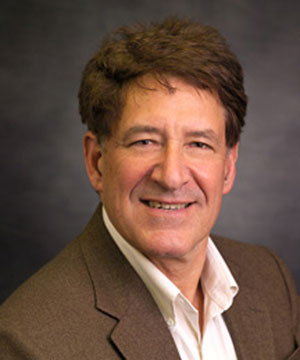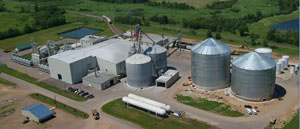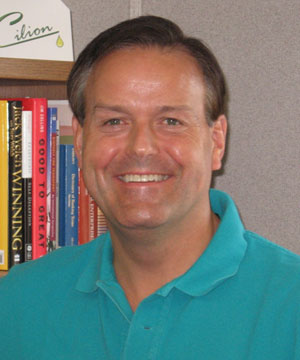October 2007
 View Full Print Edition
View Full Print EditionBusiness Briefs
Columns
Consolidations take center stage
By Craig A. Johnson

The Way I See It
By Mike Bryan
View From The Hill
By Bob Dinneen
Raising Equity through Public Securities Offerings
By John Eustermann and Randy Shefman
Editor's Note
By Tom Bryan
EERC Update
By Joshua R. Strege

Editor's Note
By Tom Bryan

NBB In Sight
By Manning Feraci
Biodiesel Plant Construction
By Craig A. Johnson
Featured
The Power of Concentration
By Jerry W. Kram
Whitefox Technologies is a newcomer to the ethanol fuel market. However the company has been working with European industrial alcohol producers for years to make their production facilities more efficient through the use of its innovative permeable membrane ethanol dehydration technology.

Intermodal Opportunities
By Nicholas Zeman
As distillers grains production increases, producers and marketers are finding inventive ways to distribute the ethanol coproduct. Existing intermodal trade is providing a convenient opportunity to meet the demand in growing export markets.

Ethanol Plants Get Sick Too
By Jessica Ebert
Bacteria can cause big problems for ethanol producers. These microbes interfere with the vitality of yeast and reduce ethanol yields. Plant managers and so-called ethanol plant doctors talked with EPM about proactive ways to keep ethanol plants healthy.
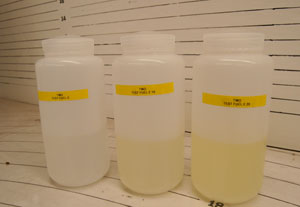
Paving the Way for Higher Blends
By Dave Nilles
In light of the massive growth in ethanol production projected for the next 18 months, establishing markets for higher blend levels and managing distribution is critical. Experts at the American Coalition for Ethanol's 20th annual conference and trade show discussed what the future holds.

Ready for Prime Time
By Jerry W. Kram
For years researchers have strived to lower the cost of enzymes needed for cellulosic ethanol production. It appears they are finally zeroing in on that elusive goal. Cost-effective enzymes are now just part of a larger economic, technical and logistical puzzle representing the industry's next phase.
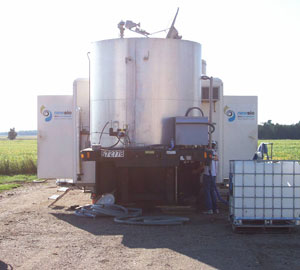
Coproducts Energy Value is Rising
By Nicholas Zeman
The use of distillers grains as a biomass power source could impact more than just the feed and energy markets. The ultimate deciding factor may be its effect on ethanol producers' bottom lines.

Miscanthus versus switchgrass
By Susanne Retka Schill
Switchgrass has hogged the spotlight as a perennial grass suitable for cellulosic ethanol production in the United States. In Europe, however, miscanthus takes center stage. EPM looks at how the two compare.

Bigger & Stronger
By Ron Kotrba
The American Coalition for Ethanol (ACE) held its 20th annual conference and trade show at St. Paul's Rivercentre, in the heart of Minnesota's capital city.

A Sweet Proposition
By Bryan Sims
With biofuels incentives in place to encourage local production, Hawaii's largest sugar producers intend to decrease the state's dependence on imported oil and stimulate economic growth.

Hiring a Chief Financial Officer
By Jesse McCurry

300-Bushel Corn is Coming
By Susanne Retka Schill
If a seed industry representative's forecasts come to fruition, corn used for ethanol production will stay ahead of demand. Average corn yields have doubled in the past 30 years, and new biotechnology traits and research techniques may lead to similar advancements in the next 25 years.
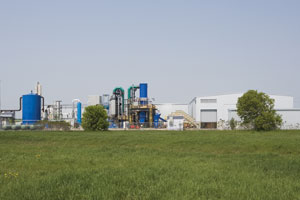
Landfill Eliminators
By Jessica Ebert
The process is called plasma gasification and the technology for creating and harnessing plasma has been around for decades. However, plasma gasification technology is now being used for a new purpose-the conversion of municipal solid waste-to-energy.

Steam-Powered Window Plant
By Ron Kotrba
Popular window maker Andersen Corp. is commissioning its new steam plant in Bayport, Minn., powered exclusively by the wood waste generated from the manufacturing of 6 million windows and doors a year.

Making the Most of Manure
By Bryan Sims
Complaints from odor-offended neighbors and a desire to reduce greenhouse gas emissions have prompted some dairy farmers to integrate anaerobic digestion systems into their operations. Although it's not for everyone, using manure to generate power and produce a nutrient-rich soil amendment is something that should seriously be considered.
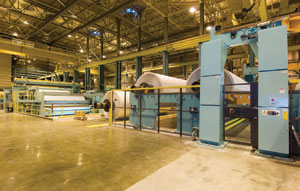
Not So Run of the Mill
By Anduin Kirkbride McElroy
The forest products industry has years of experience in conversion technology, and cellulose and lignin separations. The industry is now looking to develop its pulp and paper mills into biorefineries with ethanol as a focus.
Pyrolysis Char Rejuvenates Tired Soils
By Jerry W. Kram
In the Amazon, a mysterious, black soil was discovered that was much more productive than the surrounding red clay. Research has determined that these soils were created more than 1,000 years ago by the area natives. Now, as scientists try to recreate those soils, biomass producers could be the big beneficiaries.
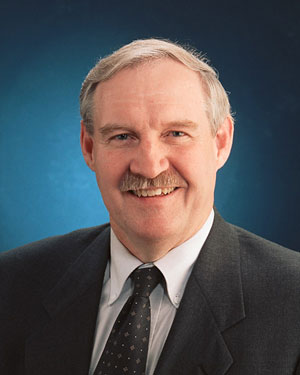
Soybeans, Wheat and Corn Compete for Acres
By Susanne Retka Schill
Biofuels, globalization and weather have teamed up to create unusual market conditions for soybeans, corn and wheat. Biodiesel Magazine takes a look at the market and how it's impacting biodiesel producers.
Biodiesel by the Book
By Jerry W. Kram
Biodiesel is a topic of interest to many people, as evidenced by the number of books and articles that have been written in the past few years. Biodiesel Magazine looks at a handful of materials published recently on the subject.

The End of 'Splash and Dash'?
By Jerry W. Kram
Concerns have been raised about a questionable loophole that may be allowing U.S. subsidies to be applied to biodiesel exports that were neither produced nor consumed in the United States. Legislation working its way through Congress would eliminate this loophole.

Small Scale, Big Impact
By Bryan Sims
Ned Nazzaro believes that starting small-scale biodiesel operations is the best way to deal with the volatile soy market. The entrepreneur and cofounder of Big White Tiger built his business around biofuels because of their environmental benefits and positive impact on the country's dependence on foreign oil.

Nano-Style Biodiesel Production
By Jessica Ebert
A new company is gearing up to galvanize the biodiesel industry with microscopic catalysts that could lower the cost of biodiesel production by up to 25 cents a gallon.

Quasi-Harmony and the EPA Wild Card
By Ron Kotrba
As the synchronization of biodiesel standards moves forward across the world-most notably between the ASTM D 6751 and EN 14214 protocols-a concerted effort is underway in the United States to improve D 6751 while keeping the U.S. EPA and its slow moving regulatory body at arm's length.
Contributions
Troubleshooting the Plant Process
By Garth Whiddon and Steve Westra
The Role of the Tank Subcontractor
By Jim Clay and Scott Roark
Improving Operations with a Thermal Oxidizer Retrofit
By P. Melton, M. Lorra and C. Baukal

